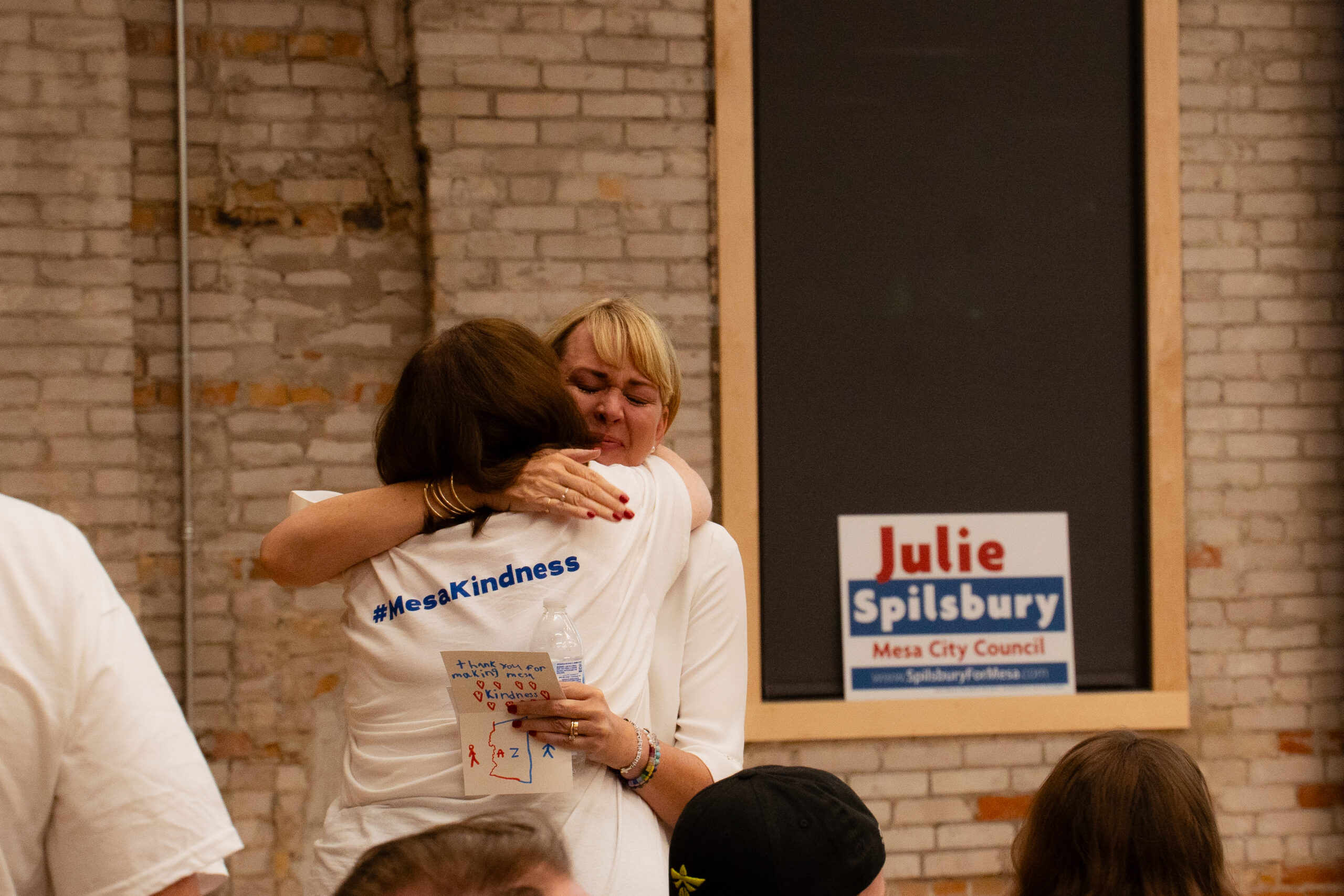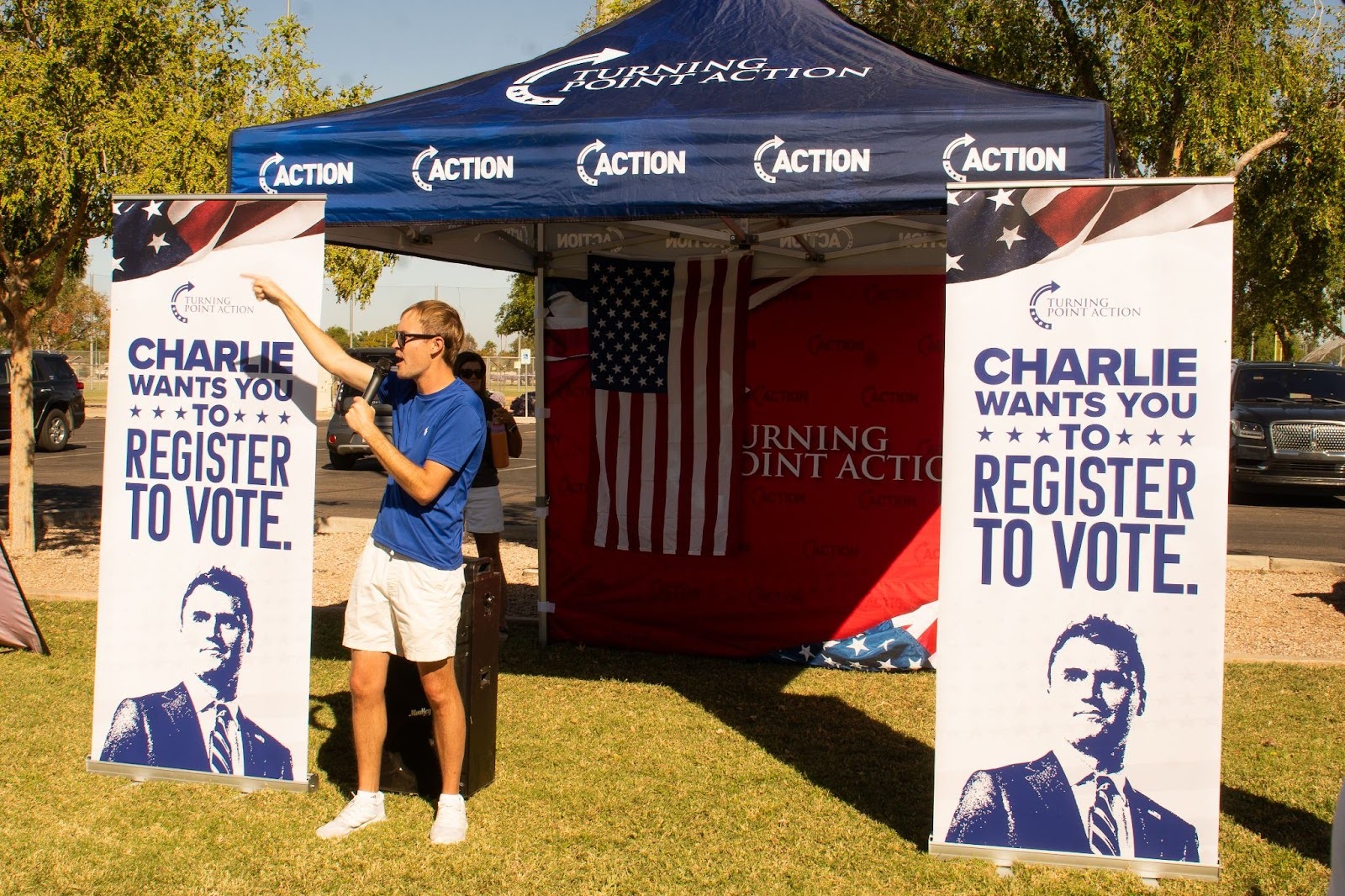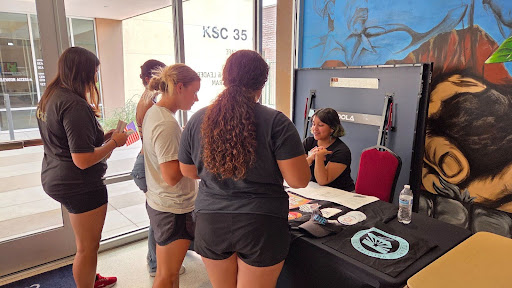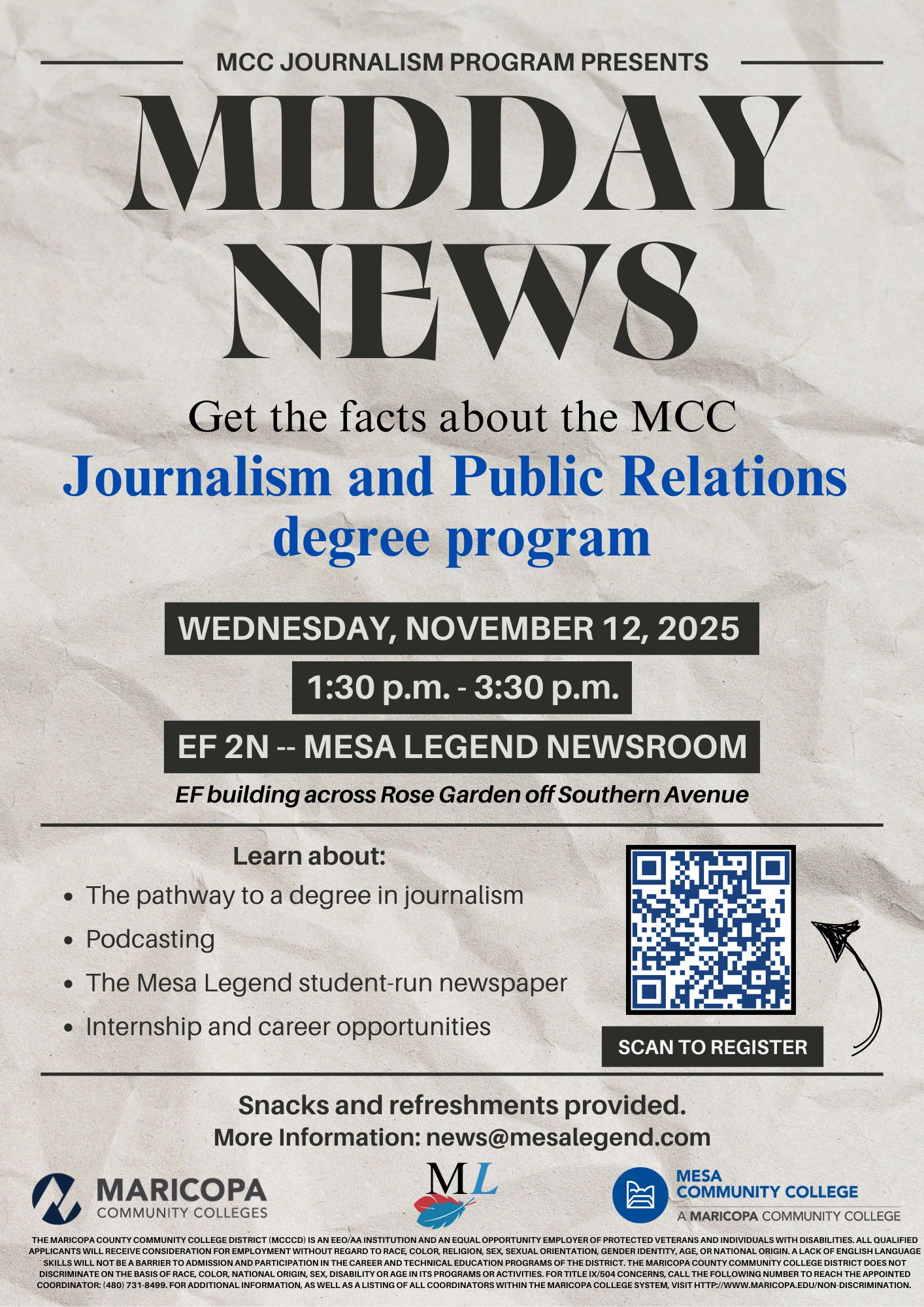Goodbye 2008, Hello 2009
Joshua Bishop
The New Year is just around the corner and the time is almost upon us to don our cheap party hats, gather in public places and kiss complete strangers at the stroke of midnight. In Australia, one of the first countries to celebrate New Year’s, the world’s largest firework display will be held in Sydney.
In South Korea, people will travel to Jung Dong Jin to watch the early sun rise. In Russia, a giant clock tower will chime the final seconds of the old year and customary wishes will be made on each chime.
In the United States the customs are a little bit less flammable.
Many people gather in New York’s Time Square or tune in from their television to watch the 1,000 pound crystal ball drop.
However, the most popular and most unsuccessful of New Year’s customs is the almighty New Year’s resolution.
The top ten New Year’s resolutions include losing weight, paying off debt, saving money, getting a better job, getting fit, eating better, receiving a better education, drinking less alcohol, quitting smoking and reducing stress.
Most people can look at the top ten and say that they have at one point attempted to achieve at least one of these resolutions.
However, the likelihood that one will succeed at these goals is a measly 12 percent.
In a recent study by quirkology.com, 3,000 young Americans were polled and officially selected resolutions to achieve by the end of 2007.
After being tracked throughout the year it was discovered that less than 12 percent of the original participants had actually maintained their resolutions.
Within this study it was concluded that between the sexes, men were 22 percent more likely to achieve their resolution goals while women were only 10 percent more likely to reach theirs.
At MCC, the students had similar results.
Of the students polled less than 50 percent even bothered to pursue New Year’s resolutions. The most popular resolutions among participants were to be better students, get out of debt and to live healthier lives.
Aaron Akin, a Biological Sciences major, cited the other most popular response to the resolution question, “Promote world peace, man.”
As for the other 50 percent, the most common reasons for not picking resolutions were a lack of time, a lack of willpower and an overly hectic school and work schedule.
These are not the only reasons why students choose not to pick resolutions.
Brian Cochran, a Business Administration major has a much simpler approach.
“I don’t do resolutions. That way I don’t have to feel bad when I don’t achieve them,” Cochran said.
True to form, most students asked about why they chose not to pick resolutions said that they would rather focus on their schooling and work without the extra burden of a resolution commitment.
“I think most people just forget about them,” said Architecture major Kyle Flannery.
Instead of making resolutions, Flannery and his friend get together on New Year’s and have a big Christmas tree bonfire.
For those not interested in arson or kissing inebriated bystanders at midnight, try heading to downtown Tempe for the Tempe Fiesta Bowl Block Party. Locals and football fans can enjoy rides, live music, freestyle motocross, beer gardens and more for a $25 cover charge.









